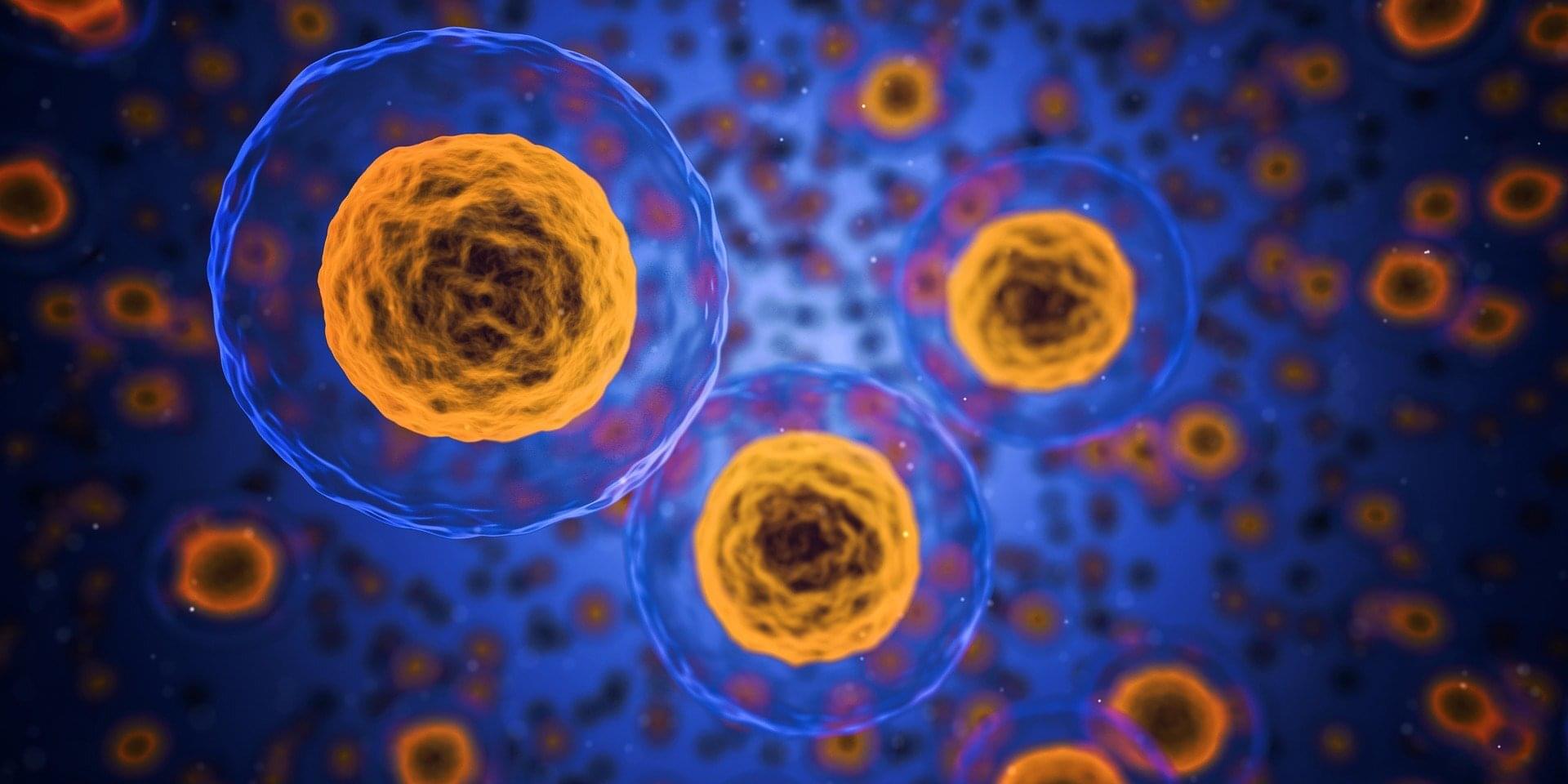When we think about the future of our communications, we rarely imagine that it could be hidden in the intricacies of the infinitely small. Yet, it is there, among frisky photons, that the next digital revolution could take shape. A simple photon, teleported from one point to another across the globe via the Internet, opens up dizzying horizons. Who would have thought that the key to our future exchanges would lie in an elementary particle, capable of challenging everything we thought we knew about information transmission?
Researchers at Northwestern University have recently achieved a major milestone in the field of quantum physics. They have succeeded in teleporting a photon over a distance of 30.2 km through an Internet network. This feat, once confined to the realm of science fiction novels, represents a significant advance in exploring the possibilities offered by quantum entanglement. With this accomplishment, the foundations of a future global quantum network seem to be rapidly approaching.







